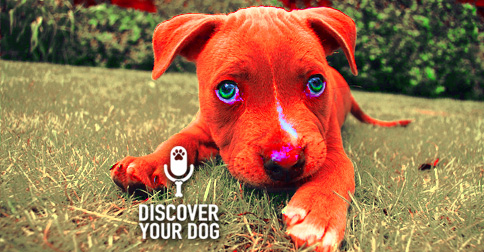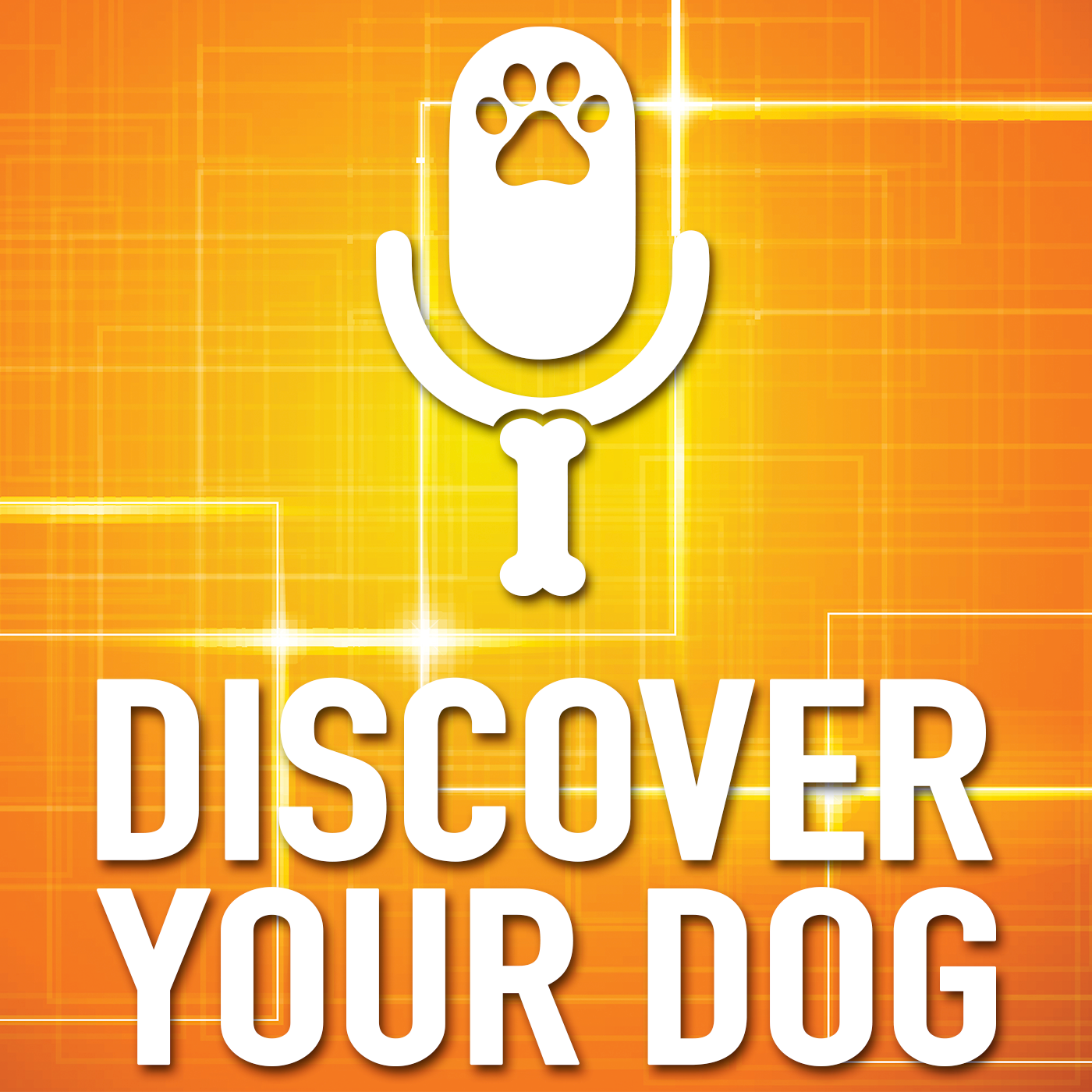 Habits that are cute when your dog is a puppy aren’t always so cute when she grows up.
Habits that are cute when your dog is a puppy aren’t always so cute when she grows up.
Today, discover what you are doing with your puppy NOW to create a big dog with bad habits.

Show Highlights
- Special guest: Trainer- Nicole DeVito!
- We appreciate the response from the survey! We have been requested to speak more about puppies.
- The habits you form with your puppy can potentially be problematic down the road.
- It is imperative to start good habits early on – Always be a conscious dog owner!
- Correction should absolutely be started at a young age with your dog.
- Affirmative Training – always look for events that your dog does willingly—those are the positive events you need to look for in all situations.
- Remember: what is cute at 8lbs isn’t always cute at 80lbs something to always keep in mind.
- Structure is rules. It is important to start setting boundaries at a young age because boundaries are love.
- This is a main reason why it is important to start out all training on the leash so you cannot accidentally reinforce a bad behavior by touching your dog.
- If these behaviors continue as she grows, the following could potentially happen:
- Your dog will think it is ok to do the behavior(s) as she gets older.
- She may believe she is higher in the hierarchy in the family and can become more aggressive.
- Your dog will NOT just grow out of it.
- Examples of comments Nicole and Bennie hear from owners with puppies:
- “Oh he is just teething and I know he needs to chew but those puppy teeth really hurt.”
- “She’s so cute! It’s OK if she gets on the furniture, only if she gets in my lap.”
- “I know she is a puppy, but it’s really cute when she tries to protect her food when she growls.”
- “I am not worried about it now because she will grow out of it.”
- “Oh he is just teething and I know he needs to chew but those puppy teeth really hurt.”
- In this situation owners are allowing their dog(s) to chew on them.
- An owner should redirect their dog’s attention to chew on something such as a baby teething ring (if she is teething) or a chew toy.
- You must show your dog that putting her teeth on you or someone else is just not available, which can be understood by setting boundaries and creating structure.
- Also, using the leash so when she puts her mouth on you, you can tug on it and say “no” then praise when she comes around and does not put her mouth on you.
- This type of correction allows your dog to make a new choice.
- Affirmative thinking/response in regards to Bennie and Nicole’s earlier comments from clients:
- “She’s so cute! It’s OK if she gets on the furniture, only if she gets in my lap.”
- This specific type of habit sends a lot of mixed signals to your dog.
- It can create confusion between you, your dog, and your family.
- For example, your dog may think she is higher in the hierarchy when she is young, and as she grows, you have to retrain her to show her that you are higher.
- Dogs can and will test boundaries as puppies.
- Also, if you allow her up as a young dog, then you have to break this old habit and create new habits of her staying on all fours, which creates more work and more confusion in the long run.
- “I know she is a puppy, but it’s really cute when she tries to protect her food when she growls.”
- If this behavior goes unchecked, it could become full-blown aggression by the time your puppy becomes an adult.
- Even if it’s “cute aggressiveness”, you still need to work on it.
- If your puppy is aggressive under 10 weeks old, you need to get a behaviorist to help you.
- Aggression needs to be caught early-on to prevent future issues with other animals or humans.
Homework
How to work with your puppy to create structure.
- Ep 035 The Three-Correction Rule goes into depth about what to do with the puppy when she keeps doing what you don’t want her to do.
- Remember: when a puppy continues to do something, you are giving her an opportunity.
- For example, biting at your pant leg.
- You pull her away and say “no,” then let the leash loose and she comes right back on the pant leg.
- You pull her away and say “no,” then redirect her. When you let the leash loose, she comes right back on the pant leg.
- You take her and put her up. (Correcting three times and putting your dog(s) up).
- The homework is to help with your frustration while also correcting your dog’s behavior.
- In most situations, there will be a lot happening when your puppy is doing something similar to the example, and you have to get rid of your frustration for both you and your puppy.
- Frustration and anger change expectations.
- When you get frustrated, you change the expectation such as picking up your puppy instead of allowing him to get your pant leg again, you have just now reinforced that behavior. Or, if you change into shorts instead of pants then you are not expecting your puppy to learn that the behavior is inappropriate.
- In moments of frustration it is important to take a break for both you and your puppy.
- The break allows you, the owner, to step back, take a deep breath and realize what you need to do to better communicate in the situation with your dog.
- Always remember that dogs learn through voice tone and body language, so it is important to stay cool, calm, collected, and always in control so the expectations do not change.
Quote from Bennie’s book: Family Dog Fusion
When you are looking for ways to get your dog to pay attention to you in moments of distraction, you are really training. In those moments you are now the one staying on task.
Call to Action
Go to FamilyDogFusion.com/insurance to check out Healthy Paws Pet Insurance
Get In Touch
Check out our show page in iTunes to leave comments and subscribe or send us a message.
Leave a Reply